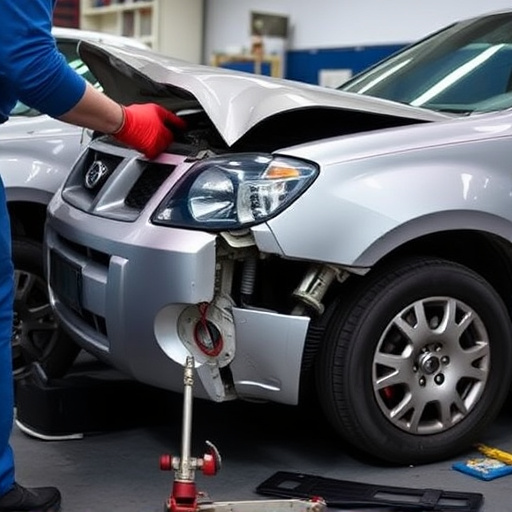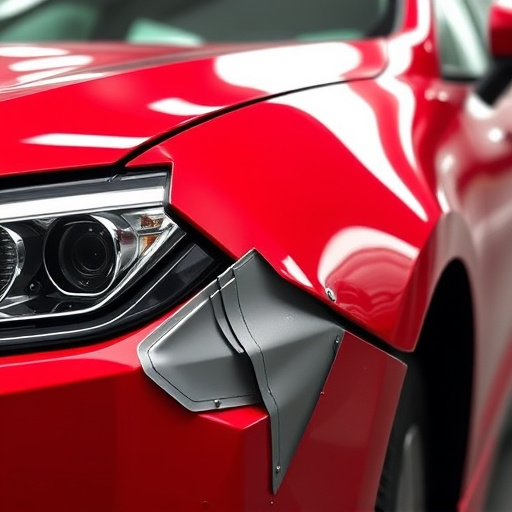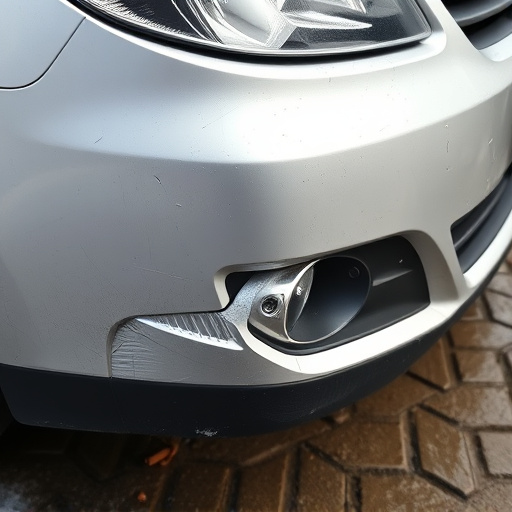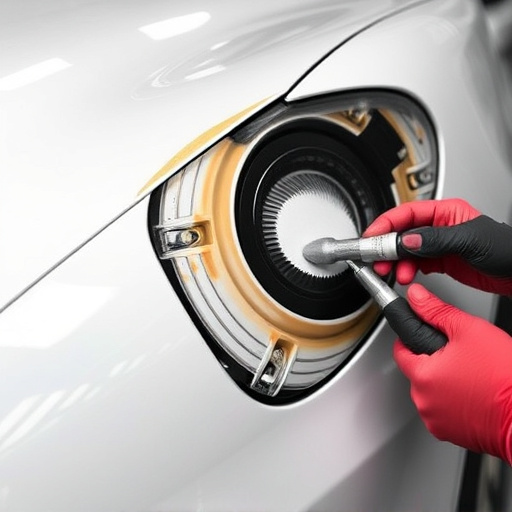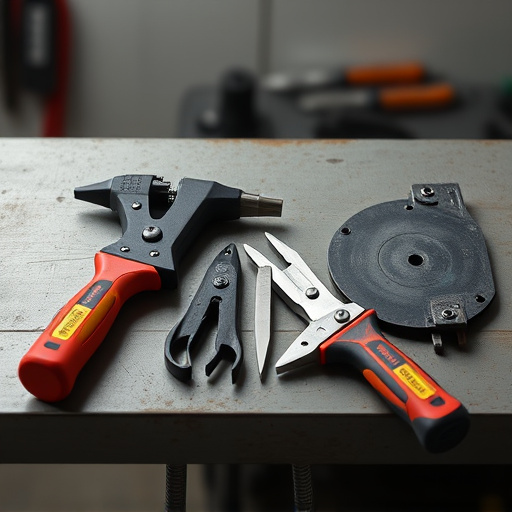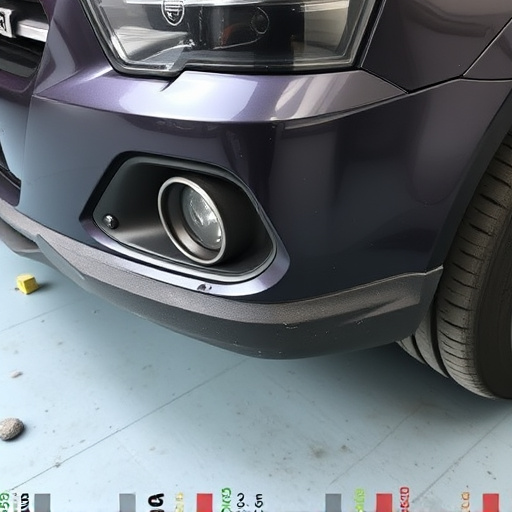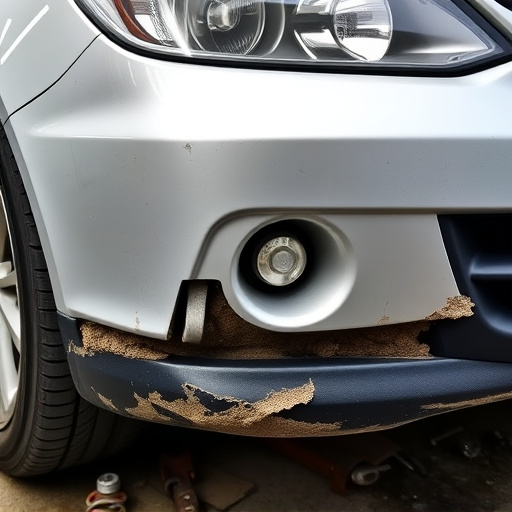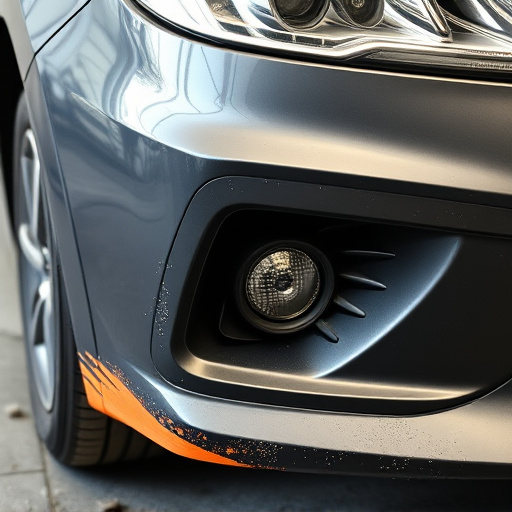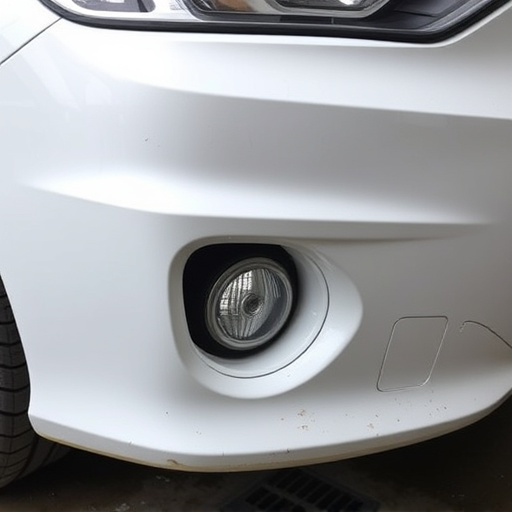Waterborne paint technology has revolutionized the auto industry by offering eco-friendly alternatives to traditional solvent-based paints. It reduces harmful VOC emissions, enhances air quality, and provides safer working conditions for technicians. This technology delivers superior coverage, fast drying times, and excellent adhesion, resulting in durable and seamless vehicle exteriors while aligning with consumer demands for environmentally conscious products.
Waterborne paint technology has transformed the automotive industry, offering a cleaner, more sustainable alternative to traditional coating methods. This innovative approach, known for its environmental benefits and superior performance, has revolutionized auto manufacturing. By reducing emissions and the use of volatile organic compounds (VOCs), waterborne paint technology contributes to a greener landscape. Moreover, it enhances durability and finish, ensuring cars maintain their sleek appearance longer. This article explores the rise of waterborne paint, its ecological advantages, and the significant improvements it brings to the final coat of your vehicle.
- Revolutionizing Auto Coating: The Rise of Waterborne Paint
- Environmental Benefits: Less Harmful to Earth and Workers
- Improved Durability and Finish: Advancements in Paint Technology
Revolutionizing Auto Coating: The Rise of Waterborne Paint
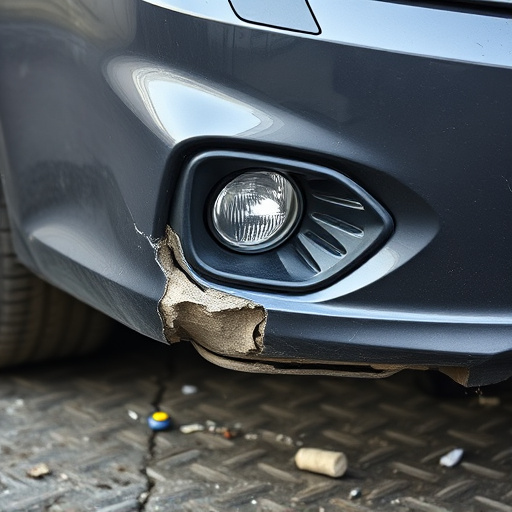
The auto industry has witnessed a significant transformation in its coating processes thanks to waterborne paint technology. This innovative approach to automotive finishing has revolutionized how cars are protected and adorned, offering numerous advantages over traditional solvent-based paints. By embracing waterborne paint, manufacturers have not only enhanced the environmental sustainability of their operations but also improved the quality and durability of car finishes.
Waterborne paint technology utilizes water as a solvent instead of harmful chemicals, making it an eco-friendly alternative. This shift has been particularly beneficial for auto body services and vehicle collision repair shops, as it reduces the exposure to volatile organic compounds (VOCs), enhancing worker safety and promoting better air quality. Moreover, waterborne paints offer superior coverage, fast drying times, and excellent adhesion, ensuring a smooth and long-lasting finish in car collision repair processes.
Environmental Benefits: Less Harmful to Earth and Workers
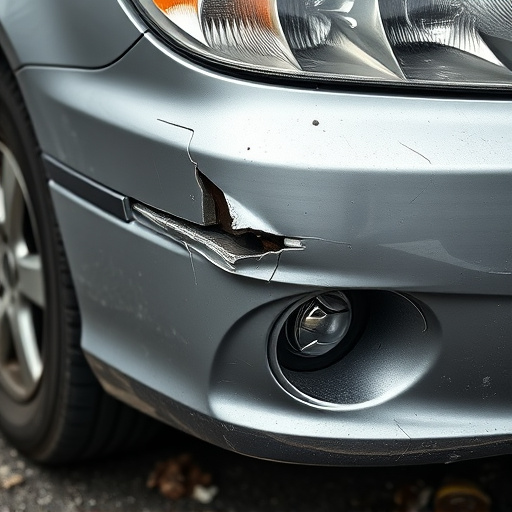
Waterborne paint technology has brought significant environmental benefits to the auto industry. Traditional oil-based paints release volatile organic compounds (VOCs) during application, contributing to air pollution and greenhouse gas emissions. In contrast, waterborne paints use water as a solvent, drastically reducing VOC emissions and minimizing the impact on both the planet and human health. This shift is particularly beneficial for fleet repair services and car restoration processes, where large volumes of paint are used. By eliminating or significantly lowering the use of harmful chemicals, waterborne technology promotes a safer working environment for technicians, reducing the risk of respiratory issues and other health problems associated with traditional painting methods.
Moreover, the adoption of waterborne paint has positive implications for local ecosystems. Reduced VOC emissions mean lower levels of air pollution, benefiting nearby communities and delicate natural habitats. This shift also aligns with growing consumer demand for eco-friendly products and practices, positioning auto manufacturers as leaders in sustainability. For instance, when it comes to scratch repair on cars, waterborne paints offer a quicker drying time and better adherence, contributing to more efficient repairs that are both durable and environmentally friendly.
Improved Durability and Finish: Advancements in Paint Technology
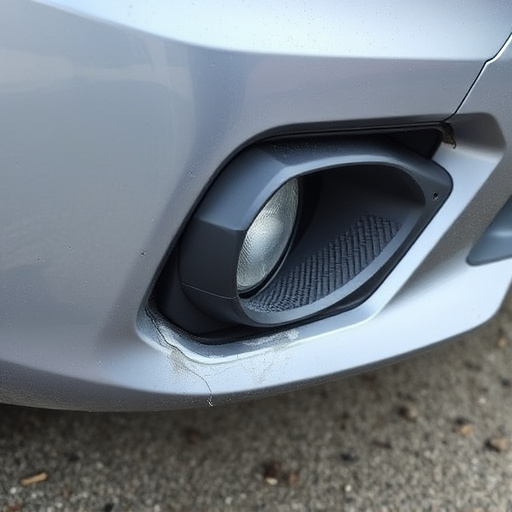
Waterborne paint technology has revolutionized the automotive industry by significantly enhancing the durability and finish of vehicle exteriors. This advanced system offers numerous benefits over traditional oil-based paints, making it a preferred choice for modern car manufacturing and repair processes. The key advantage lies in the composition of waterborne paints, which contain fewer volatile organic compounds (VOCs) compared to their predecessors. This not only improves air quality during application but also contributes to a more sustainable production process.
Moreover, waterborne paint technology provides superior coverage and bonding strength, ensuring that repairs, such as dent removal or car collision repair, result in a seamless integration with the original factory finish. The smooth, glossy surface achieved through this technology not only boosts the aesthetic appeal of vehicles but also increases their overall resistance to chipping, fading, and other forms of damage. This longevity translates into reduced maintenance costs for car owners and streamlined operations for automotive body shops.
Waterborne paint technology has emerged as a game-changer for the auto industry, offering both environmental and practical benefits. By replacing traditional solvent-based coatings, this innovative approach significantly reduces the environmental impact of automotive manufacturing, making it a more sustainable choice. Moreover, waterborne paints provide improved durability and a superior finish, ensuring cars look sleek and stay protected for longer. As the auto sector continues to evolve, embracing these technological advancements is crucial for creating a greener future while maintaining high-quality vehicle finishes.

